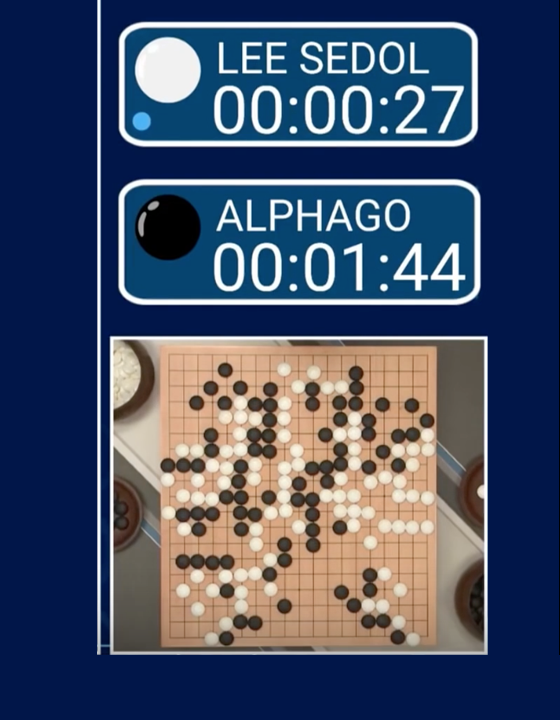The workshop “SLT-1: Semantics of the Long Tail” has been accepted at the IJCNLP conference in Taipei, Taiwan on November 27 – December 1, 2017. … Continue reading → READ MORE
Category: Blog posts
Language, Knowledge and People in Perspective
Finding knowledge and information is becoming an almost trivial task on the web. Understanding its value, the credibility and perspective of its source, on the other hand, is becoming increasingly problematic. Technology lags behind when it comes to providing users with proper tools. READ MORE
— Minh Le and Antske Fokkens’ paper accepted for EACL 2017
Title: Tackling Error Propagation through Reinforcement Learning: A Case of Greedy Dependency Parsing Conference: EACL 2017 (European Chapter of the Association for Computational Linguistics), at Valencia, 3-7 April 2017. Tackling Error Propagation through Reinforcement Learning: A Case of Greedy Dependency Parsing by Minh Le and Antske Fokkens Abstract: Error propagation is a common problem in READ MORE
— In the media: Will Artificial Intelligence learn to be biased?
Last week Motherboard published an article featuring a paper by PhD student Emiel van Miltenburg. (Later also published by the Dutch Motherboard.) Van Miltenburg found that the data that is commonly used to train automatic image description systems contain stereotypes and biases, leading to the question whether computers will be biased, too. Illustration from Stereotyping READ MORE
— An AlphaGo for Natural Language?
An AlphaGo for Natural Language? By Minh Le In October 2015, AlphaGo played its first winning games against a professional Go player. After the Nature article was published and the $1 million bet against Lee Sedol was proposed, Go players around the world have studied the matches extensively to speculate about the coming matches. The consensus READ MORE
— Semantic Class Manager
Python API to obtain semantic classes (Basic Level Concepts, WordNet Domains and WordNet SuperSenses) related to synsets in WordNet and other functionalities related with Semantic Classes. The repository can be found freely available at https://github.com/rubenIzquierdo/semantic_class_manager READ MORE
— Similarity & Relatedness
Similarity & Relatedness presentations by Marten Postma, Minh Le, Alessandro Lopopolo, and Emiel van Miltenburg. July 01, 2015 at VU Amsterdam Similarity and relatedness lie at the core of semantics. At CLTL, we study similarity and relatedness from different perspectives: linguistic perspective using WordNet hierarchy, mathematic perspective about evaluation, neurological perspective using brain wave recoding, READ MORE
— VU University scientists cluster National Research Agenda
Led by Piek Vossen, a group of scientists at VU University automatically divided 11,700 questions from NWO’s National Research Agenda into clusters. On the basis of language technology and mathematical equations of the most important words, slightly over 60 clusters of questions were found which at their turn were classified in a few hundred sub-clusters. READ MORE



